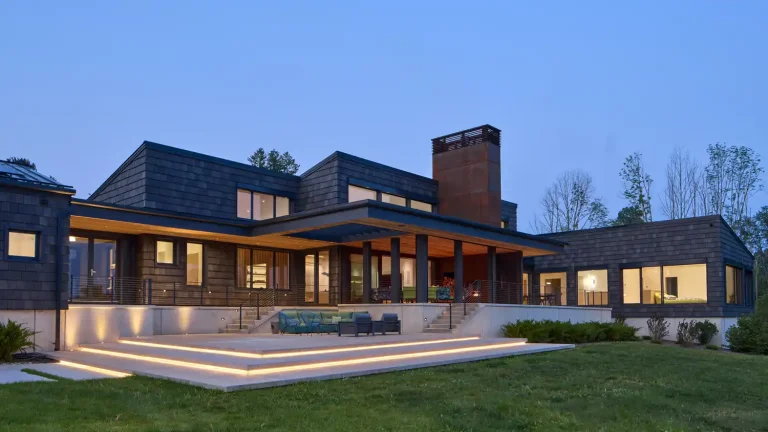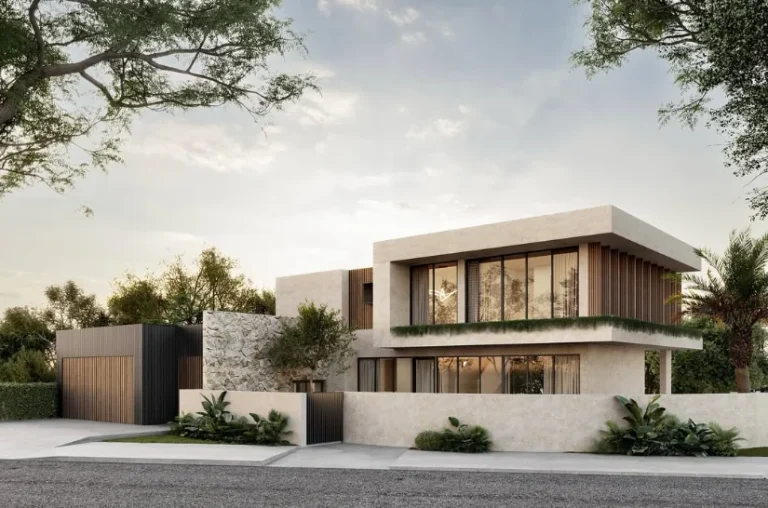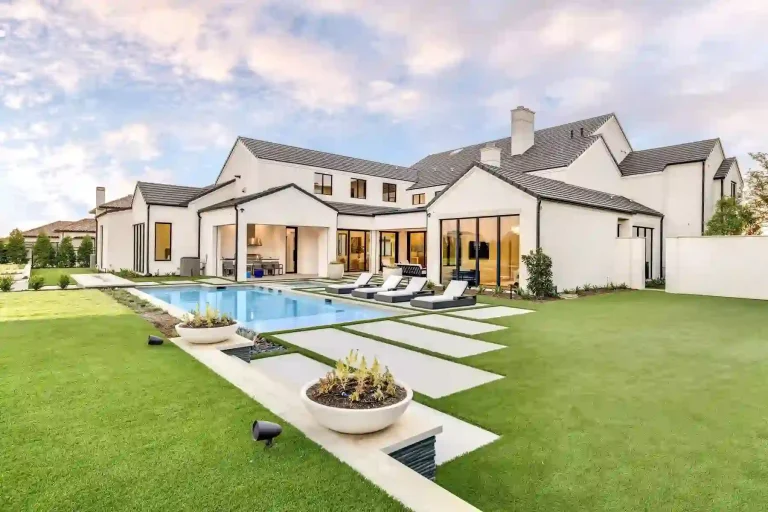Smart Energy Management Solutions for Luxury Homes – Optimize Efficiency & Comfort
What Is Smart Energy Management in Luxury Homes
Smart energy management refers to technologies and strategies that monitor, control, and optimize the generation, storage, and consumption of energy in a home. In a luxury context, the systems are integrated across HVAC, lighting, renewable sources, battery storage, shading, and appliances, all orchestrated by a central intelligence or automation platform.
These systems collect real-time data (through sensors, meters, sub-meters) and apply analytics, scheduling, and automated rules to allocate energy efficiently. For instance, during peak electricity rates, nonessential loads may be deferred, HVAC systems slightly adjusted, or stored battery energy used. When solar output is high, the system can divert surplus to charge batteries or power loads.
In luxury homes, these systems are designed not only for efficiency but also for smooth user experience, aesthetics, seamless control (via apps, voice, dashboards), and compatibility with design and architectural elements. They should blend invisibly, never feeling like aftermarket gadgets.
Much of the adoption in luxury properties is driven by integrated smart home platforms that include energy management as a core feature, rather than a bolt-on.
An example: Loxone’s automation platform is used in high-end homes to enable intelligent presence-based controls for lighting, HVAC, and appliances, ensuring systems run only when needed, reducing waste in seldom-used zones.
By embedding energy management at the design phase, luxury homes can deliver both performance and elegance.
Core Benefits of Smart Energy Management
Performance, Efficiency & Cost Savings
One primary benefit is reducing wasted energy. A smart system can detect unused rooms and lower HVAC or lighting consumption there. For example, presence sensors or motion detection can shut off climate conditioning in empty areas. Loxone systems use presence sensing to activate or deactivate functions depending on occupancy.
Moreover, intelligent scheduling and load shifting allow homes to consume electricity when rates are low (off-peak) and rely on battery or stored energy during expensive peak hours. This lowers utility bills and mitigates demand charges. In luxury markets, combining solar + battery + smart routing brings strong ROI.
In high-end properties, where energy drawn from amenities like pools, spas, and large HVAC loads is significant, smart energy management can yield tens of percent in savings by coordinating systems and avoiding simultaneous peak loads.
Comfort, Control & Experience
Luxury homeowners expect seamless comfort. Smart energy systems enable preconditioning (e,.g. cooling rooms before arrival), adaptive daylighting (integrating shade controls), and balanced thermal comfort automatically. The system may lower shades as sun intensity increases to reduce cooling load, then open them again.
It also gives remote control and monitoring. Owners or property managers can check energy usage, battery status, or override settings from smartphones. This level of control contrasts with manual thermostat tinkering.
Sustainability & Green Credentials
Luxury homes often aim to showcase sustainability. Smart energy systems facilitate integration of solar, battery storage, and grid interaction. For example, RoseWater Energy’s systems combine renewable integration and large-scale battery backup to protect load and manage excess generation.
Using these systems helps reduce carbon footprint, supports eco-labels or certifications, and appeals to buyers or guests who value environmental responsibility.
Asset Value & Differentiation
Smart energy management becomes a market differentiator. Homes with advanced energy automation command higher valuation and broader appeal. Because these systems reduce operating cost, enhance comfort, and support “smart luxury” branding, they help architects, builders, and developers position offerings at premium levels.
In sum, these systems deliver a trifecta: lower cost, elevated experience, and enhanced property value.
Smart Energy Management Systems & Devices
Below are five real-world products suited for luxury homes. Each des a detailed description, benefits, use cases, and purchasing guidance.
1. Emporia Gen 3 Smart Home Energy Monitor
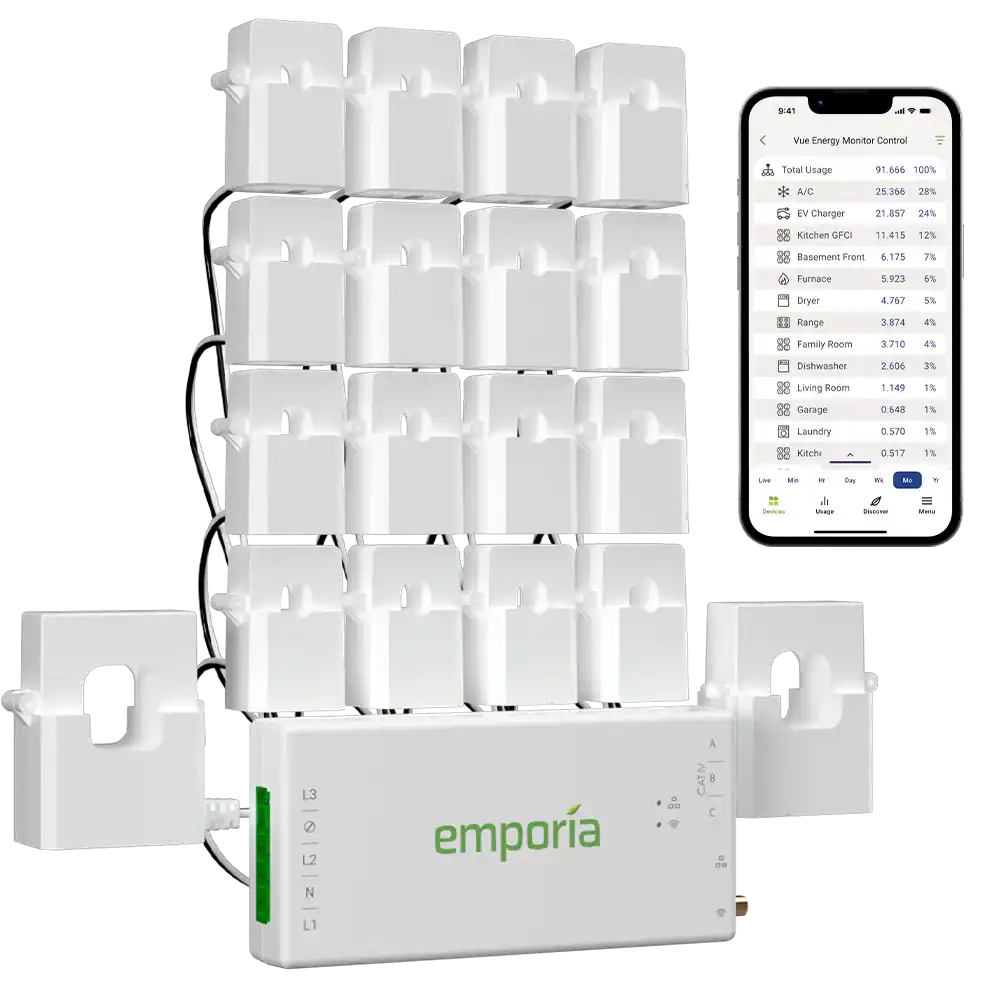
Product Description
This is a circuit-level energy monitoring system with 16 channels (50A each). It attaches to your main service panel and feeds data to a mobile/web dashboard. It shows real-time consumption down to individual circuits.
Detailed Features & Benefits
-
Real-time tracking of every major load (HVAC, pool, kitchen, EV charger)
-
Alerts for abnormal usage (appliance fault detection)
-
Historical analytics and forecasting
-
Integrates with home automation platforms (via APIs)
Because it monitors circuits individually, homeowners or system controllers can route loads more smartly, e.g,. Temporarily disable nonessential circuits during peaks.
Use Cases & Problem Solved
In luxury homes with many high-power appliances (sauna, pool heaters, spas), the Emporia system identifies high consumers. When the solar output is low, other grid rates are high, the system can automatically defer or throttle certain loads (like deferrable pumps) to avoid overdraw.
How to Buy & Where
You can buy from smart-home retailers or directly via the Emporia website or authorized distributors. (Buy Emporia Gen 3)
2. Shelly Pro 3EM
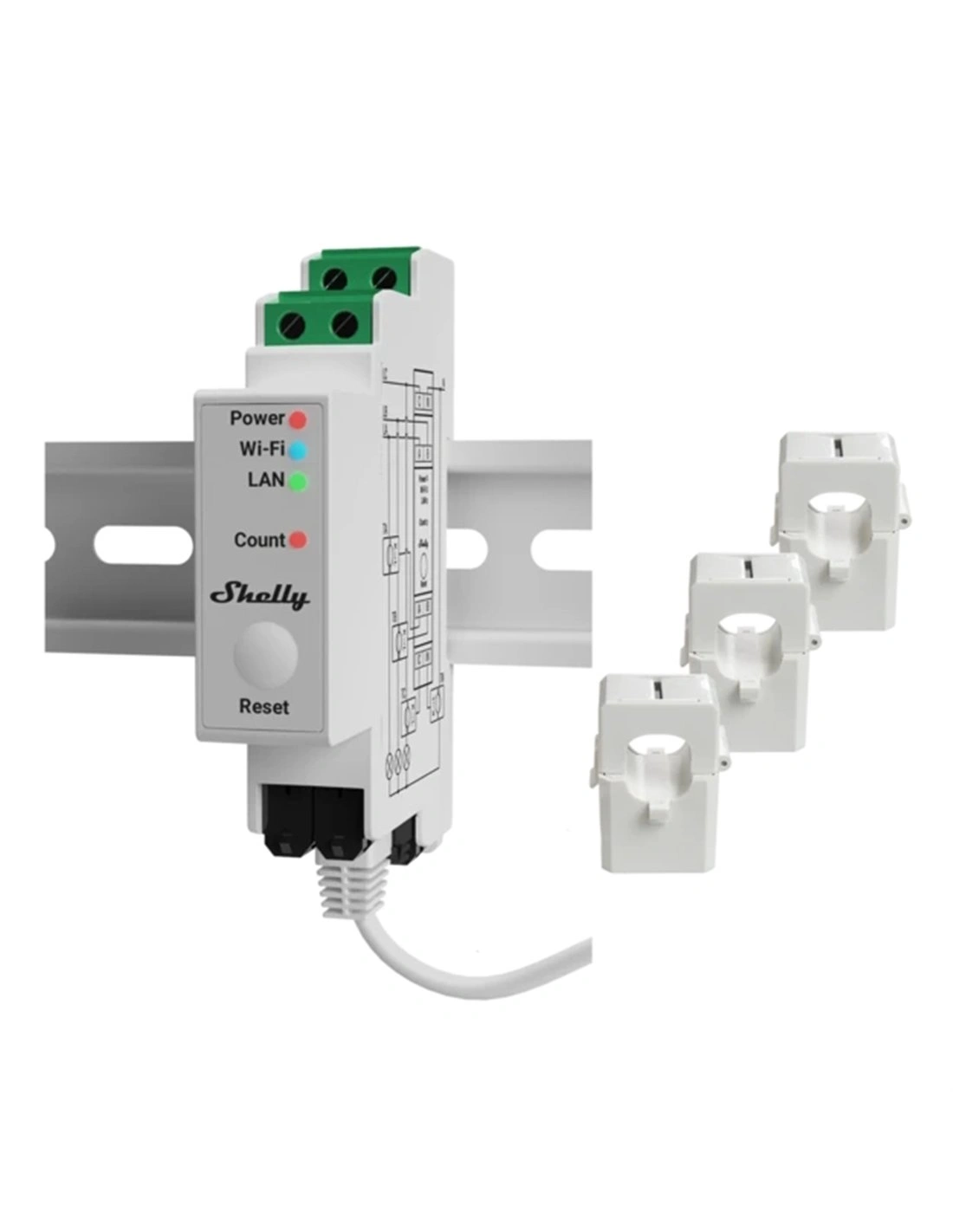
Product Description
Shelly Pro 3EM is a modular energy meter with three-phase measurement. It works with Wi-Fi/Bluetooth and can measure voltage, current, power, and energy. It also supports control over relays.
Detailed Features & Benefits
-
Three-phase monitoring – ideal for large homes with heavy electrical infrastructure
-
Overload protection, alerts, and relay control
-
Works with MQTT, REST API, and home automation systems
-
Capability to switch loads if thresholds are reached
Because many luxury homes use three-phase power, this meter is well-suited for integrating into their electrical distribution.
Use Cases & Problem Solved
In estates with multiple loads and heavy appliances, the Shelly 3EM can act as a sentinel: if aggregate usage goes above a threshold, nonessential systems are turned off temporarily. It serves as a “load shedding” tool.
How to Buy & Where
Available via smart-home component sellers, European distributors, or direct from Shelly. (Buy Shelly Pro 3EM)
3. Paragon Electric EC128 Energy Monitoring & Control System
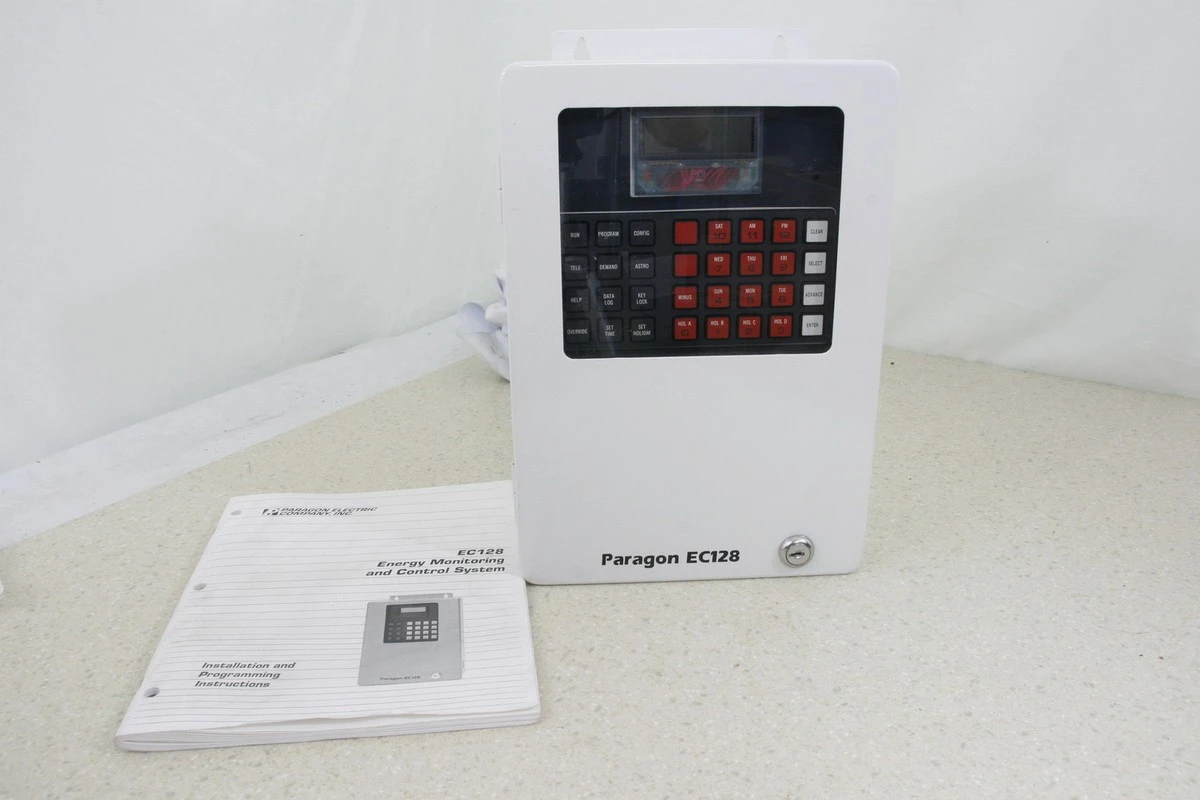
Product Description
Paragon’s EC128 system is a commercial-grade metering and control unit, capable of handling multiple circuits and aggregating data. It includes both monitoring and control functions.
Detailed Features & Benefits
-
Scalable to many circuits
-
Onboard logic to switch or modulate loads
-
Web-based interface and remote control
-
Supports scheduling, peak-limiting, and demand control
Because of its robustness, it can serve in a luxury residence as a backend energy “brain” coordinating many subsystems.
Use Cases & Problem Solved
Homes with multiple separate systems, pools, HVAC, guest houses, and EV charging can suffer from aggregator overshoot. The EC128 can actively manage which loads run at which times to avoid exceeding contracted demand or causing brownouts.
How to Buy & Where
Available via electrical supply houses or industrial energy control distributors. (Buy Paragon Electric EC128)
4. Integrated Energy Management System
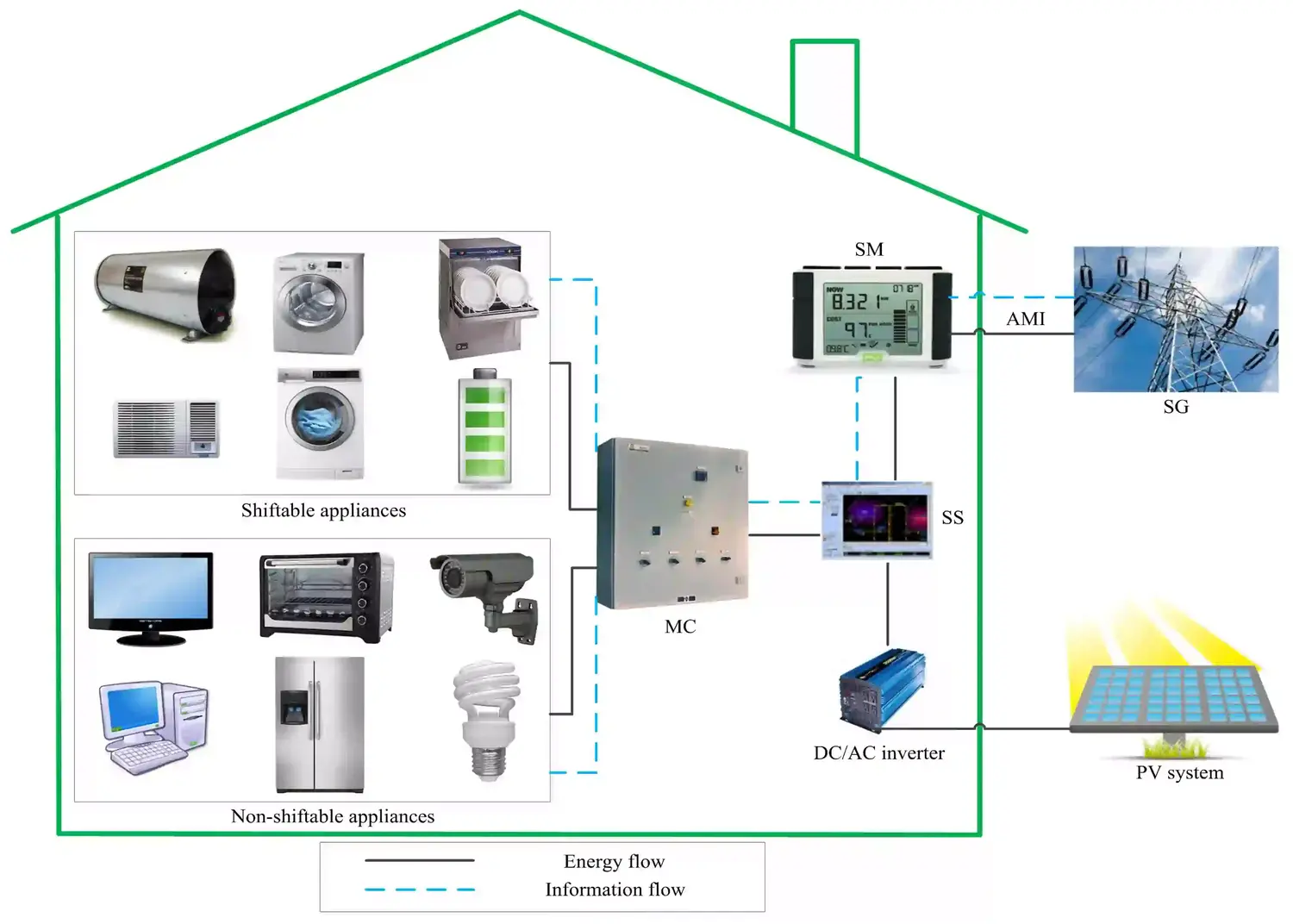
Product Description
This is a modular integrated energy management kit suitable for home retrofits. It includes a central controller, sensors, and interface modules.
Detailed Features & Benefits
-
Customizable modules for different home zones
-
API / integration with home automation platforms
-
Real-time dashboard, scheduling, and rules engine
It acts as a turnkey kit for homeowners or small integrators to add energy intelligence without designing from scratch.
Use Cases & Problem Solved
For luxury homes undergoing renovation or expansion, this modular system allows integrators to embed energy logic gradually. It solves the problem of fragmented systems lacking a central brain.
How to Buy & Where
Available via specialty home automation kit vendors or DIY systems distributors. (Check Integrated Energy Management System)
5. Clean Energy: Past to Future

Product Description
Though more conceptual, this book offers strategies and engineering insights into renewable energy management evolution. For architects, integrators, and homeowners who want a deep understanding.
Detailed Features & Benefits
-
Historical and future insights
-
Case studies and technological narrative
-
Useful for design teams, ensuring system coherence
While not a hardware product, its value lies in guiding strategy and system alignment, ensuring that hardware choices align with sustainable goals.
Use Cases & Problem Solved
When clients, architects, or technical teams need a shared conceptual foundation, this resource brings clarity. It helps prevent misaligned subsystem selection or tokenistic energy claims.
How to Buy & Where
Available via global book retailers or energy-focused bookstores. (Buy Clean Energy: Past to Future)
Use Case Scenarios: How Smart Energy Systems Solve Real Problems
High Load Peaks and Demand Charges
Luxury homes often face high demand charges due to large simultaneous loads (pool equipment, HVAC, EV chargers). A smart energy system (using meters like Emporia or Shelly) can detect peaks and temporarily throttle or stagger noncritical circuits to avoid crossing the demand threshold.
For example, when the pool pump, air conditioning, and EV charging are all active, a system can delay EV charging until after peak usage, thus shaving demand peaks. That prevents penalties or triggering utility surcharges.
Solar + Battery Integration & Self-Sufficiency
Luxury sites often include solar PV and battery storage. Smart energy management systems orchestrate when to use solar vs. battery vs. grid. If solar generation peaks midday, the system stores surplus in batteries, shiftable to later. During grid outages, the system can autonomously switch to battery mode without user intervention.
Sonnen’s solutions show how intelligent energy storage plus load control integrates seamlessly with home automation to optimize usage and backup.
Zoning & Multi-Structure Homes
Many luxury homes include guest wings, pool houses, service areas, or multiple buildings. Smart energy systems allow independent control per zone, shutting off conditioning in the guest wing when not used, or reducing lighting in detached structures.
Loxone’s zone-based automation example shows how unused zones are set to energy-saving mode, reducing unnecessary draw.
Peak Time Tariff Management
In markets with time-of-use tariffs, the system can defer high-energy appliances (laundry, pool pump) to off-peak hours. The system can also coordinate EV charging to occur when rates are lowest, thereby reducing energy costs.
The Homey platform adds energy management features (monitoring energy usage, EV charging, solar) to support dynamic pricing strategies.
Predictive Adaptation & Fault Detection
Advanced systems monitor patterns and detect anomalies. If an appliance starts drawing excess current (a sign of failure or inefficiency), alerts can be triggered. Over time, the system learns baseline behavior and adjusts schedules automatically.
Verdigris Technologies uses AI and sensor-based monitoring at the circuit level to forecast demand and detect anomalies in building systems.
How to Buy & Where to Buy
Steps to Procuring Smart Energy Management for a Luxury Home
-
Define system scope – which circuits, renewables, HVAC zones, battery, and loads you’ll control.
-
Choose core platform/automation brain – e.g., Loxone, Control4, Crestron, Home Assistant, etc.
-
Select meters and control modules – e.g,. Emporia, Shelly, EC128 as described above.
-
Integrate subsystems – solar inverter, battery, EV charger, shades, HVAC systems.
-
Engaga e certified integrator – ideally experienced with luxury homes.
-
Order sample units – test behavior, firmware, UI, compatibility.
-
Scale procurement – get bulk pricing, shipping, support, and warranties.
-
Install & commission – test load shedding, fallback, emergency modes.
-
Train owners/staff – dashboard use, overrides, alerts, maintenance.
-
Support & updates – monitor firmware, network security, and system health.
You’ll also want to source from local integrators or distributors in your country to reduce shipping costs and ensure support. Many specialist smart home or home automation firms carry these modules or can facilitate procurement.
Best Practices & Tips for Luxury Smart Energy Deployment
-
Plan energy intelligence from architectural and electrical design stages (don’t bolt it on).
-
Use nonintrusive wireless or modular meters where retrofitting.
-
Ensure privacy, secure networking (segmented subnets, encryption).
-
Simulate worst-case loads and test safe fallback modes.
-
Provide intuitive dashboards and override options for users.
-
Monitor system performance over months and refine automation rules.
-
Provide regular maintenance, firmware updates, and error-checking.
-
Document load profiles and alert thresholds early.
-
Design for scalability allows adding future modules or loads (EV, pool expansion).
FAQs
Q1: Can I retrofit smart energy management in an existing luxury home without rewiring everything?
Yes. Many systems use clamp-on CT (current transformer) sensors that clip around existing wiring, without needing to cut cables. Wireless modules or modular subpanels can be added incrementally. The key is selecting compatible modules and designing a central controller to integrate them.
Q2: Do I need battery storage for smart energy systems to be worthwhile?
Not always, even without batteries, intelligent load shifting, scheduling, and demand control can yield significant savings. But batteries add resilience, enable off-peak use, and better integrate renewables. In luxury homes with solar, batteries often become central components.
Q3: Are these systems secure and reliable?
Yes, when designed properly. Use secure communication protocols (TLS, VPN, network segmentation), ensure firmware updates, use redundant fallback logic, and include manual override. For reliability, always test fail-safe modes and local control when the network is down.

